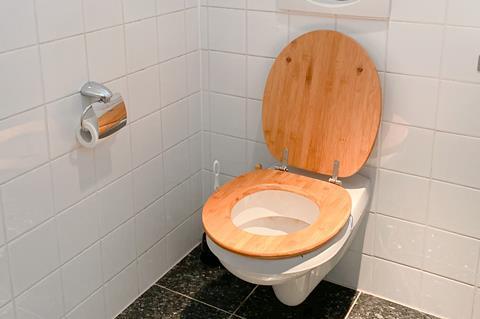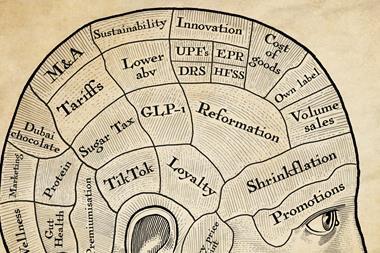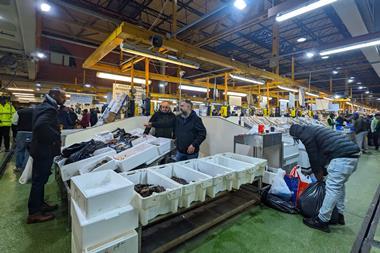
Carry on at Your Convenience was one of the brilliant Carry On films. They don’t make them like that any more and that’s probably right because they wouldn’t get away with half of the innuendos. This film was about a factory – WC Boggs & Son – that made toilets. The brand? Crapper, of course.
There is a scene where the son, Lewis Boggs, does a time and motion study. He concludes to the workforce that if they drank less tea, they’d go to the toilet less. Fewer toilet visits would mean more time working. Productivity sorted. A mass walkout ensues. I wonder what Lewis would make of our present-day working set-up.
He might be confused why modern workforces seem to spend about 75% of their time looking at or writing and sending emails, particularly as there is seemingly no way to know whether they are any good at it. Have they ever been shown how to do it properly, he might wonder.
The primary purpose of emails is to get people to do what you want, using text. Yet we rarely ask clearly for what we want. Often, we don’t even know. We are more wrapped up in the endorphin rush of typing an email, and ticking it lovingly off our to-do list, than actually using it to good effect. Here are some classic email mistakes:
- Asking for too much: Ever had an email asking for three things? You can do one and three, but two is a pig, so you end up not doing any of them.
- Having no real objective: Your email is more a stream of consciousness than a clear request. Easy to ignore.
- Copying in the world and his partners: The more people you copy in, the more you’ll feed the email monster and get more replies.
- A wall of text: No subtitles, and no paragraphs. If you send a wall of text that is hard to read, the recipient won’t read it.
- The passive-aggressive email: Don’t be a keyboard warrior that hides behind the double meaning of text. Consider phoning the person to be more open and direct about what you mean.
- ASAP: Using ASAP in the email because you already know the deadline is impossible to achieve. Instead, stop being last-minute with your requests and give more realistic deadlines.
By avoiding these mistakes, you can get what you need from the recipient. And maybe we can all be as productive as Lewis’ toilet factory!



















No comments yet